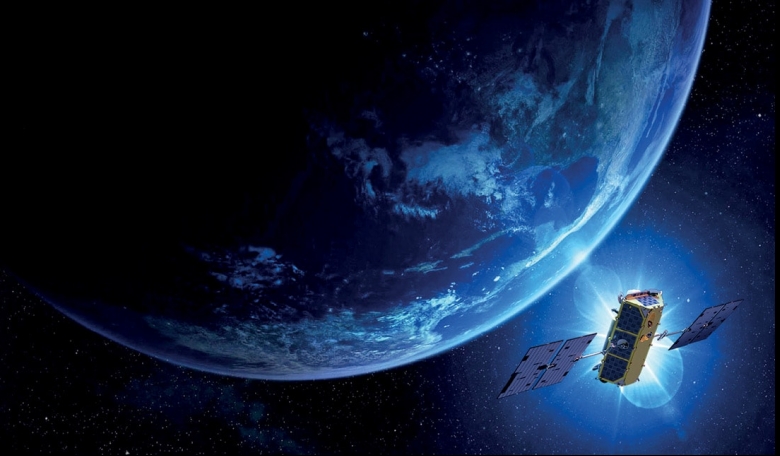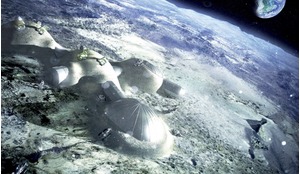Today’s maritime environment hosts a variety of potential threats to national security and the safety and economic security of global states depends largely upon the secure use of the world’s oceans. The infrastructure and systems that span the maritime domain have increasingly become both targets of and potential passageways for dangerous and illicit activities. Moreover, much of what occurs in the maritime domain with respect to vessel movements, activities, cargo intentions, or ownership remains often difficult or time-consuming to obtain. But it seems that even the remotest locations on the high seas of the world are no longer a safe hiding place.
Global Maritime Domain Awareness (MDA) is increasingly a key strategic requirement for naval and defence forces, coast guards and port authorities who seek actionable intelligence and proactive security. These authorities have traditionally drawn from a number of data sources to build a fused global maritime traffic picture. However, the advent of satellite vessel tracking technology increasingly offers unprecedented opportunities to correlate information received from other sources in a more timely and effective manner. Real-time vessel tracking data allows drastic improvements to be made in the realm of maritime safety, security and the use of marine assets.
Across the poles and everywhere in between, orbiting satellites now have their ‘eyes’ on the oceans. Knowing the who, what and where of shipping activity is precisely their business. Operating with its own first-generation constellation of low-Earth orbiting (LEO) satellites, exactEarth can detect the signals from more than 250,000 active vessels across the world’s oceans.
Today, every ship over a certain gross tonnage is required to be fitted with an Automatic Identification System (AIS), a mandatory international navigation safety communications system under the provisions of the Safety of Life at Sea (SOLAS) Conventions endorsed by the International Maritime Organization (IMO).
The Convention requires ships of 300 gross tonnage and upwards engaged on international voyages, cargo ships of 500 gross tonnage and upwards not engaged on international voyages, and all passenger ships irrespective of size to be fitted with AIS transponders which emit messages containing information including a ship’s position, course and speed.
Read more of Peter Mabson's in the full version of the article, available now to our subscribers.














